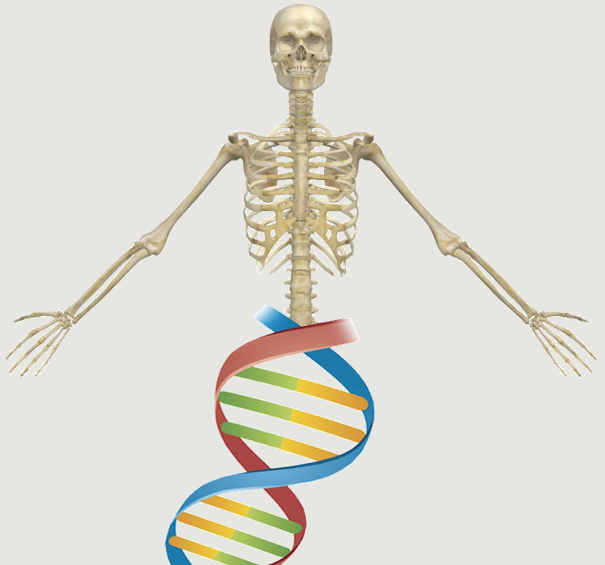Abstract:
Genetically modified mesenchymal stem cells (MSCs), overexpressing a BMP gene, have been previously shown to be potent inducers of bone regeneration. However, little was known of the chemical and intrinsic nanomechanical properties of this engineered bone. A previous study utilizing microcomputed tomography, back-scattered electron microscopy, energy-dispersive X-ray, nanoindentation, and atomic force microscopy showed that engineered ectopic bone, although similar in chemical composition and topography, demonstrated an elastic modulus range (14.6-22.1 GPa) that was less than that of the native bone (16.6-38.5 GPa). We hypothesized that these results were obtained due to the specific conditions that exist in an intramuscular ectopic implantation site. Here, we implanted MSCs overexpressing BMP-2 gene in an orthotopic site, a nonunion radial bone defect, in mice. The regenerated bone tissue was analyzed using the same methods previously utilized. The samples revealed high similarity between the engineered and native radii in chemical structure and elemental composition. In contrast to the previous study, nanoindentation data showed that, in general, the native bone exhibited a statistically similar elastic modulus values compared to that of the engineered bone, while the hardness was found to be marginally statistically different at 1000 muN and statistically similar at 7000 muN. We hypothesize that external loading, osteogenic cytokines and osteoprogenitors that exist in a fracture site could enhance the maturation of engineered bone derived from BMP-modified MSCs. Further studies should determine whether longer duration periods postimplantation would lead to increased bone adaptation.
Notes:
Tai, Kuangshin Pelled, Gadi Sheyn, Dima Bershteyn, Anna Han, Lin Kallai, Ilan Zilberman, Yoram Ortiz, Christine Gazit, Dan eng Research Support, U.S. Gov't, Non-P.H.S. 2008/07/16 09:00 Tissue Eng Part A. 2008 Oct;14(10):1709-20. doi: 10.1089/ten.tea.2007.0241.
Website

